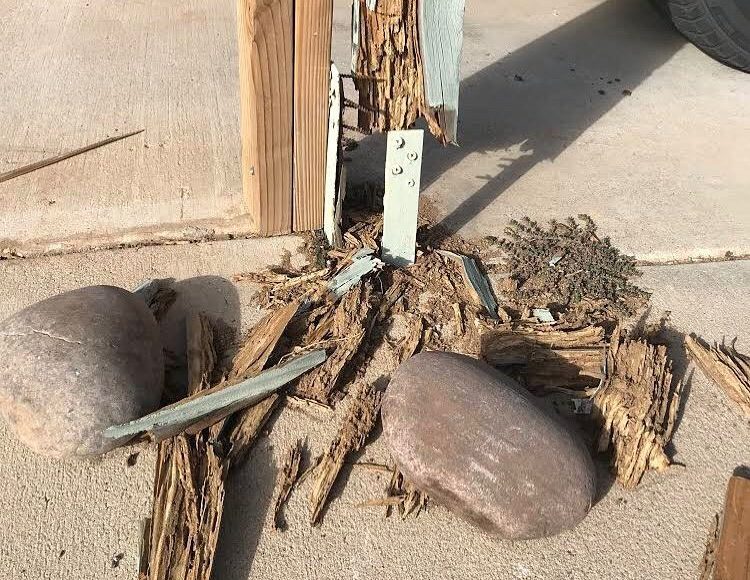Fill out the form below and a Cypress Creek representative will be in touch with you about your pest control needs.
BLOG

Subterranean termite lifecycle
Subterranean termites are one of the most destructive pests that can infest a home or property. Understanding their lifecycle can help you take steps to prevent infestations and protect your property from damage.
The lifecycle of subterranean termites begins with the mating of the king and queen. The queen can lay thousands of eggs each day, which hatch into larvae within a few weeks. These larvae then molt into nymphs and eventually become adult workers, soldiers, or reproductives.
The worker termites are responsible for building and maintaining the nest, as well as foraging for food to bring back to the colony. They are the ones that cause the most damage to wood structures and can be identified by their cream-colored bodies and straight antennae.
Soldier termites have larger heads and mandibles, which they use to defend the colony from predators. They are usually the first line of defense against intruders and can be identified by their darker color and distinctive head shape.
Reproductive termites, also known as swarmers, are responsible for starting new colonies. They have wings and can often be seen flying around during the spring or summer months. After they mate, they shed their wings and the new queen begins to lay eggs to start a new colony.
The entire lifecycle of subterranean termites can take several years, depending on the size of the colony and environmental conditions. They prefer moist environments and often build their nests underground or in wood structures that are in contact with the soil.
To prevent subterranean termite infestations, it’s important to eliminate sources of moisture around your home and to remove any wood debris or vegetation that is in contact with the soil. Regular inspections by a pest control professional can also help detect any signs of infestation before they cause serious damage to your property.
In summary, the lifecycle of subterranean termites involves the mating of the king and queen, the laying of eggs, the development of larvae into adult workers, soldiers, or reproductives, and the establishment of new colonies through swarmers. Understanding this lifecycle can help you take proactive measures to prevent infestations and protect your property from termite damage.

